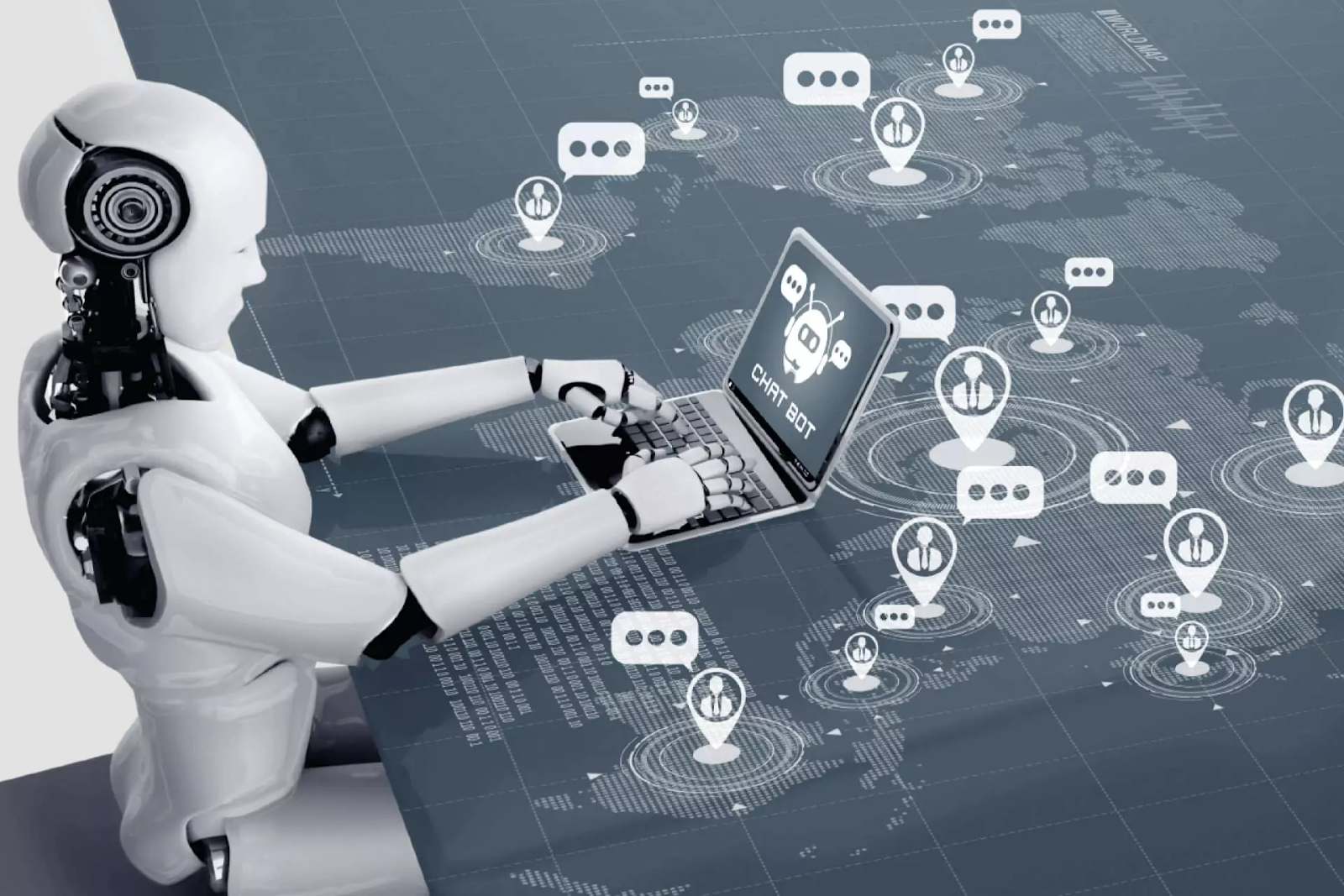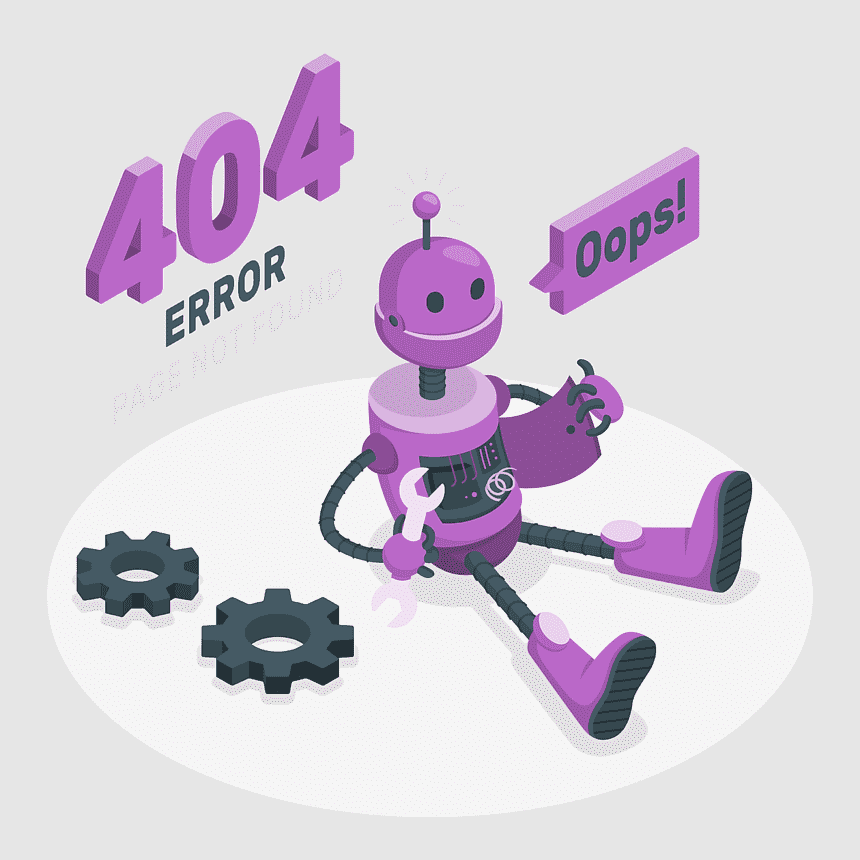Introduction
Have you ever stopped and thought, what the world would look like if artificial intelligence took over certain parts of an industry?
Well, the cyber security industry have been developing new methods and are integrating technological advancements such as AI and RPA into the industry to make the process of dealing with cyber crime and attacks much faster. Now lets explore one of those key technologies, Robotic Process Automation (RPA) , in detail.
What is Robotic Process Automation
Robotic Process Automation (RPA) is a form of technology that imitates human activities when interacting with software such as transaction processing, data entry, response triggering and communication with other digital systems.
RPA could be partially or fully integrated in an organization in order to perform high-volume tasks in less time.
This allows the implementation of efficient cyber attack remediation process that reduces the chance of significant damage to the enterprise.
Types of Robotic Process Automation
There are three types of RPA systems:
1.Attended RPA - This type of bot resides on the user's computer and is usually invoked by the user and are best suited for jobs that are triggered at points that are difficult to detect programmatically.
2.Unattended RPA - These bots are like batch processes in the cloud and data processing tasks are completed in the background. It is also regarded as a solution for reducing the workload for back-office employees. Unattended automation can be activated for data entry on a specific location, bot startup, orchestrator startup and specified intervals
3.Hybrid RPA - This is the combination of both attended and unattended RPA to ensure the automation of both front office and back office activities. This enables an end to end process.
The important uses of Robotic Process Automation
Preventing cyber threats includes many standardized tasks which can be automated using robotic process System. Here are some of the top reasons to use RPA in cyber security:
1.Protection against malware and viruses
RPA can automatically detect inconsistency within the system and deploy security measures quickly. Additionally, if RPA bots encounter antivirus threat notification they will:
- Grade the alert according to threat criteria
- Trigger security control based on the detected warning
- Generate a report and forward it to the cyber security team
2.Eliminating unauthorized access
RPA will run specific tasks to prevent unauthorized users from handling confidential data. Additionally , bots can allow individuals with credentials to access designated sources, monitor their access, and record their data and actions to confirm they are aren't managing confidential data.
3.Running cyber threat hunts
Cyber threat hunts is the process searching through networks repetitively to detect and identify threats.
RPA bots makes this process much faster as are also automated to search repetitively for inconsistency in the neatwork traffic, unusual user activity, anomalies in login, system file changes and/or suspicious registry.
4.Automating data enrichment tasks
RPA bots can automate tasks relevant to data that is required for cybersecurity alerts.
They do these data-related tasks at a large scale and help the cyber security teams to focus on cases that are likely to be dangerous.
Data-related tasks might include:
- Searching for IP addresses
- Getting URL information
- Conducting investigations on different domains
- Retrieving past instances recorded on logs
- Questioning different account users
5.Running penetration tests
Penetration tests are simulated cyber attacks on the organization's computer systems in order to identify the missing gaps in security measures.
They can be specifically programed to complete a required task such as:
- Scanning the system to identify threats
- Record necessary data that needs to be protected
- Activate responses based on the threats
- Generate reports on results obtained from the simulation's evaluation
The risks of Robotic Process Automation
Although RPA systems can ensure an efficient and effective way of facilitating cyber security process, they can involve some risks and those risks may be:
1.System Downtime
Bot downtime can happen due to factors such as lack of regular maintenance or network failures.
If bot's experience an outage while managing cyber attack alerts then all the important and confidential data will be exposed so, its required to run regular check ups in case any system errors
2.Cyber Attacks on RPA bots
- Disruptions operations/Manufacturing process
- Compromises confidential data
- Harm human life (reduced security)
3.Unexpected error in RPA bots
Unexpected errors on RPA bots could show misinformed simulations from penetration tests and generate false reports which could make the cyber security team focus on false errors. Additionally, these errors could affect the RPA bot's ability to complete standardized tasks, which could reduce the overall speed in detecting cyber threats.
A cyber attack on RPA is could affect the organization as well as the employees that work for the organization, these factors could be:
Conclusion: are they the future of cyber security?
The answer is both yes and no. Because although they provide excellent security measures, speed up threat detection processes and monitor the systems for inconsistencies, we cannot completely depend upon RPA bots.
So we will need human beings to be present in case of an error in the RPA systems or making the decision on which threat is considered the most dangerous and should be prioritized first and also maintaining the RPA bot systems so that they do not have any gaps in security.








0 Comments